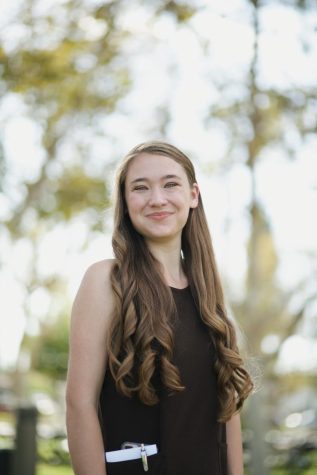Opening the session this week at the Student Government Association, Diversity and Inclusion Coordinator Isaiah Swasey defined what it means to be a Hispanic or Latino student. He addressed specific challenges they might face and listed resources available to them. Noting that Biola’s current population of Hispanic and Latino students is currently at 22.4%, Isaiah referenced Revelation 7:9, encouraging SGA members to remember the ultimate purpose of diversity — all tribes and peoples worshiping God in eternity.
CHALLENGES AND VICTORIES
“Immigration, citizenship, financial hardship, language barriers, food insecurities [and] education inequality” often challenge Hispanics and Latinos, Swasey stated. In addition to learning about existing resources, Swasey encouraged members to actively listen to Hispanic and Latino people, keeping their concerns in mind when making decisions. At the close of the presentation, he introduced his friend and guest speaker sophomore Political Science major Isahi Minero.
Minero grew up in the center of Los Angeles, surrounded by a very diverse population of Korean, Caucasian and Hispanic residents. His own parents immigrated from El Salvador and Mexico in the wake of violent civil war and economic hardship.
Minero said that he stumbled across Biola on accident, and that God had clearly prompted him to attend. He noted that attending a college that felt like home to him was very important — from a Hispanic perspective, Minero said, a large part of what makes a place feel like home is seeing it reflect aspects of his culture. It is important to him to see his “people, food, [and] decoration.” These inclusions have helped to make him feel welcome and helped Biola to feel like a home to him.
When asked if there were any changes that he would like to see, Minero said that he would have liked to have been more aware of the resources available to the Hispanic community before being accepted and having to make a decision about college. “It would have given me a little more confidence,” he said.
Like Swasey, Minero also pointed back to the Bible, voicing that the believer’s identity in Christ is always first, providing a foundation for unity and diversity. With respect to Biola as a whole, Minero said, “It’s not [just] that I want to be here, it’s that I need to be here.”
FUTURE GOALS
Hispanic Services Erica Sanches shared the university’s goal of becoming a Hispanic-Serving Institution (HSI). With new numbers about the percentage of Hispanic students expected to be released tomorrow, Sanchez anticipates that Biola will reach 25% by 2025, the percentage required to be considered an HSI.
Her plan for the next two years is to create strategic partnerships to help “bridge the gap.” These partnerships will be made with field experts, churches, and within the institution. She also plans to rebuild some of the affinity groups and clubs which have died out.
SENATOR CHECK-INS
Because some SGA members were absent and there were no new proposals to announce, Vice President Andrew Cantelmi suggested that senators voice comments and concerns — with particular emphasis placed on whether senator efforts were effectively addressing student needs.
Senators discussed concerns that some students are unaware of who their senators are, and an open discussion amongst the members yielded creative ideas about engaging with students, Residential Advisors and Resident Directors.
Block Senator Bradley Plausse noted that he does not have access to roughly 75% of his constituents, making it difficult to even post newsletters. Other members echoed the complaint and said they found newsletters difficult to circulate, prompting senators to discuss potential options for mobile distribution.












